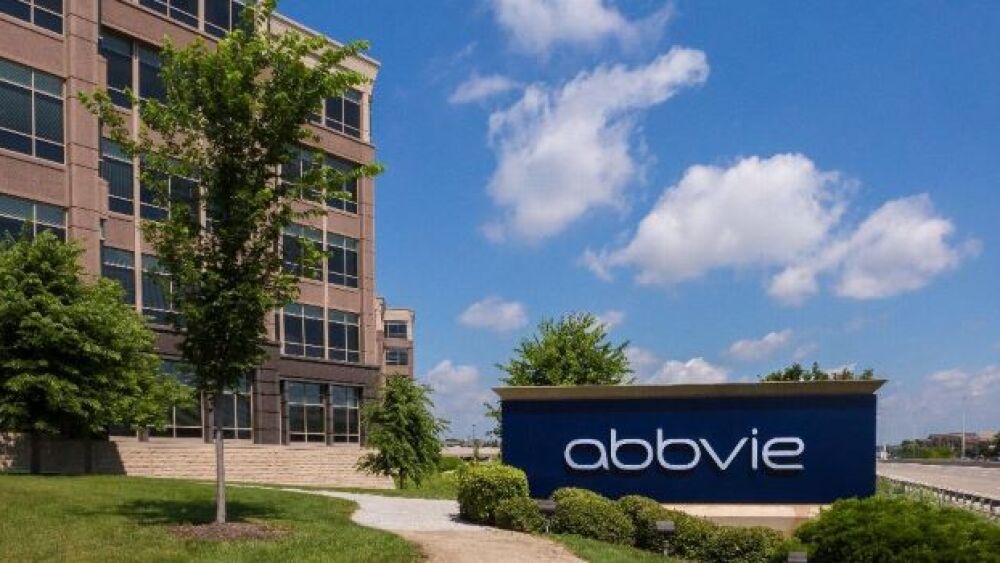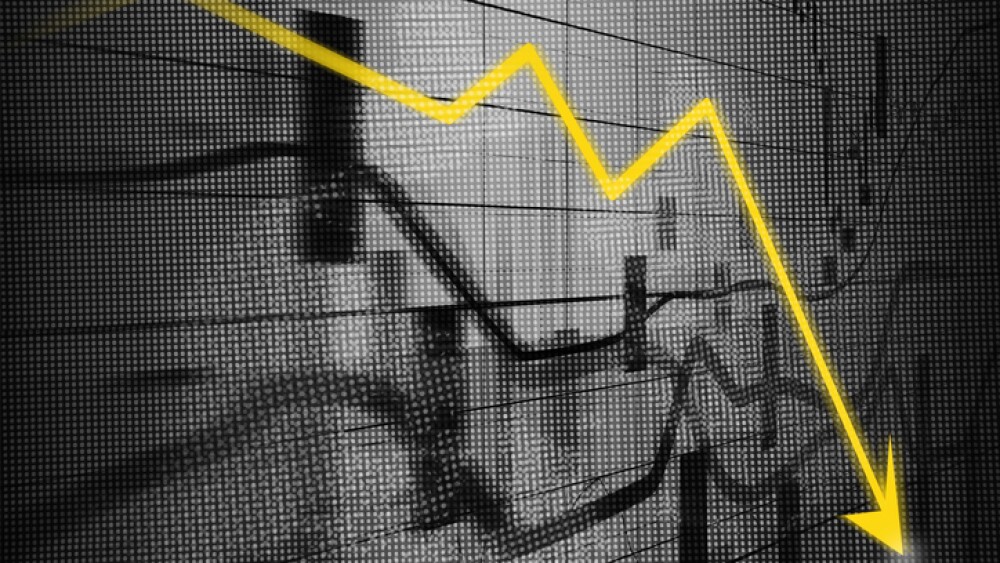In a fireside chat at the 41st J.P. Morgan Healthcare Conference in San Francisco, CEO Rick Gonzalez said AbbVie is well-positioned for continued growth.
AbbVie_© AbbVie Inc. All rights reserved.
In a fireside chat at the 41st J.P. Morgan Healthcare Conference in San Francisco, CEO Rick Gonzalez said AbbVie is well-positioned for continued growth.
Still, AbbVie expects the impending loss of exclusivity in the U.S. of its blockbuster drug Humira (adalimumab) to “have an impact on AbbVie’s total performance in the near-term.” This is something that the company has long anticipated, however, and has made ample preparations. Here are the major points from Gonzalez’s talk, outlining AbbVie’s plans to absorb the impact of Humira’s LOE.
A Promising Pipeline
Several differentiated assets across AbbVie’s core areas will drive the company’s long-term growth.
- Skyrizi (risankizumab-rzaa) and Rinvoq (upadacitinib) are commercialized in all of Humira’s major indications. Rinvoq is now also indicated for atopic dermatitis.
- Skyrizi and Rinvoq are projected to bring in more than $17.5 billion by 2025. By 2027, the two drugs are expected to exceed Humira’s peak revenue, raking over $21 billion.
- Several R&D programs are ongoing in disease areas with few or no treatments, including lupus, alopecia and vitiligo.
- In the cancer space, Imbruvica (ibrutinib) will continue to generate significant cash flow for AbbVie through the end of this decade. Market challenges and competitive entrance have lowered outlook for the drug.
- Venclexta’s (venetoclax tablets) strong growth is expected to partially offset the drop in Imbruvica sales. Still, AbbVie projects its global oncology revenue to drop to around $5.7 billion this year.
- Oncology business is expected to return to sales growth by 2026, driven mainly by promising late-stage assets, including epcoritamab, a potential best-in-class CD3-CD20 bispecific for B-cell malignancies and Navitoclax, being trialed in myelofibrosis.
- AbbVie’s neuroscience business also continues its strong performance. The company’s acute migraine treatment, Ubrelvy (ubrogepant) and migraine prevention therapeutic Qulipta (atogepant), are each expected to reach peak sales of at least $1 billion.
- Vraylar (cariprazine), recently approved as an adjunct for major depressive disorder, is looking at peak revenue of almost $5 billion.
- The company is also continuing to develop its pipeline for neurodegenerative disease, including ABBV-951 for Parkinson’s disease and ABBV-916 for Alzheimer’s disease.
A Unique Investment Opportunity
In light of its promising pipeline, a strong portfolio of approved assets and robust long-term growth outlook, “AbbVie clearly represents a unique investment opportunity, well-positioned for attractive shareholder returns,” Gonzalez said.
- AbbVie will continue to have the highest revenue growth in the industry even after the Humira LOE event in the U.S. Meanwhile, the company’s LOE exposure for the remainder of the decade will be among the lowest.
- Quarterly dividend has grown by 270% since inception, and the company is committed to continuing this upward trend.
- The company will continue to invest in R&D and business development opportunities to grow its pipeline and portfolio.
- AbbVie has made substantial progress in its debt repayments and is set to achieve roughly $34 billion in cumulative paydown this year.
Featured Jobs on BioSpace






